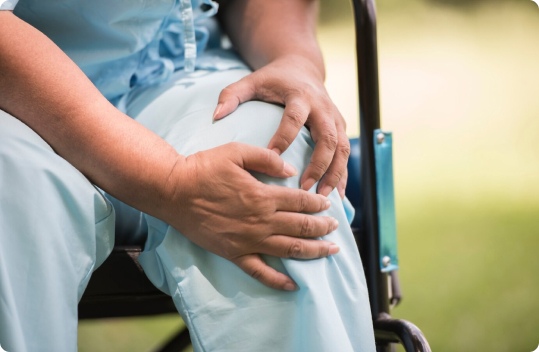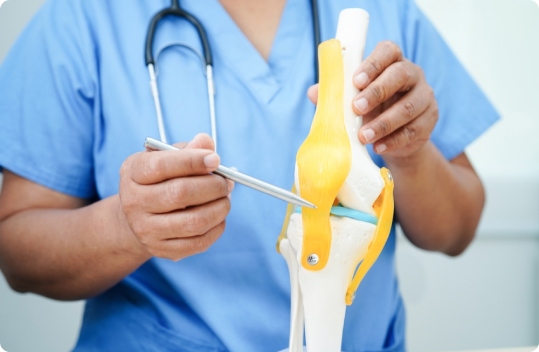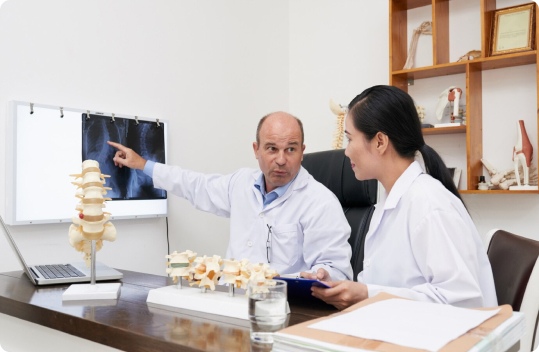Osteoarthritis is the most common form of arthritis, affecting millions worldwide. It occurs when the protective cartilage in joints wears down over time, leading to pain and stiffness.
Osteoarthritis (OA) is the most common form of arthritis, affecting millions worldwide. It is a degenerative joint condition that results from the gradual breakdown of cartilage, the flexible tissue that cushions the ends of bones in your joints. Without this protective layer, bones rub against each other, leading to pain, stiffness, and limited mobility.


Osteoarthritis can affect any joint but most commonly occurs in the hands, knees, hips, and spine. The symptoms tend to worsen over time and may include:
To diagnose osteoarthritis, a healthcare provider will typically perform a physical examination, assess symptoms, and review medical history. Imaging tests like X-rays or MRIs may be used to confirm the diagnosis and determine the extent of cartilage damage. Blood tests and joint fluid analysis can help rule out other forms of arthritis, such as rheumatoid arthritis.
